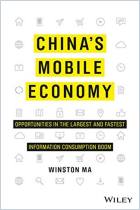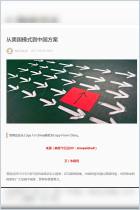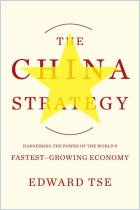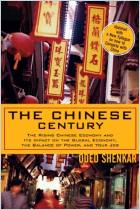
Recommendation
Strategy consultant Shaun Rein entertainingly explains why you cannot call China a “copycat nation” anymore. The Chinese have re-examined their original plan for encouraging economic growth, which depended on emulating foreign business practices and borrowing foreign technology. This approach produced diminishing returns. The Chinese are now changing the nature of their economy and encouraging innovation. Chinese economic development has followed three broad stages. In the first stage, the government encouraged heavy capital investment; Chinese businesses borrowed business models from abroad. In the second stage, China’s companies explore innovation for their domestic market. In the third stage, Chinese businesses use innovative practices to target foreign markets – perhaps including yours. Based on more than 50,000 interviews with those involved in business in China, Rein performs a singular service by showing why China’s economy evolved as it has and by forecasting the direction it may seek in the future. getAbstract recommends his insights to investors, entrepreneurs, economic historians, and anyone seeking to understand China’s economic future – whether to capitalize on it or to compete against it.
Summary
About the Author
Shaun Rein is the managing director of CMR, a strategic market intelligence firm.

















Comment on this summary or Comenzar discusión